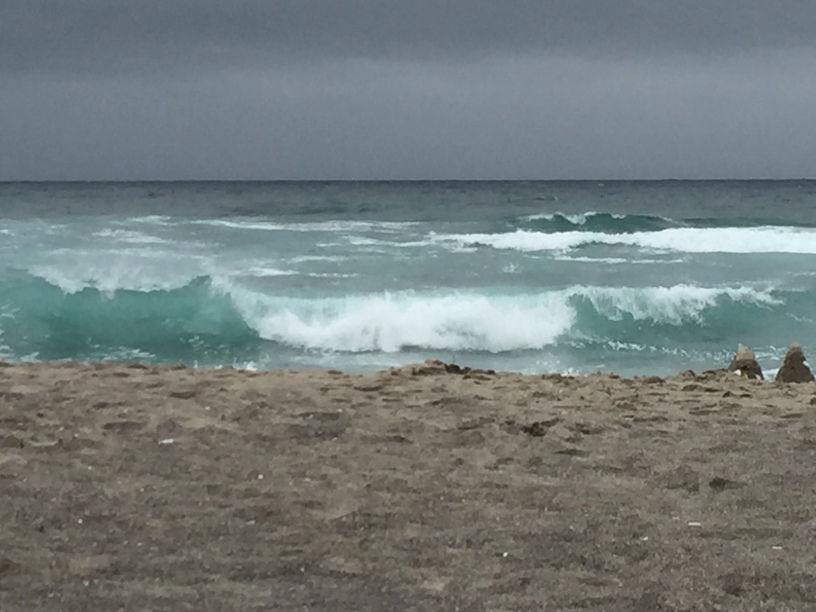
Definition
Noun
- A bar that works as a level to turn the rudder.
Origin
Probably earlier than the 15th century. From Middle English, telian, Anglo-Norse for the arm/lever of a steering oar.
Comments
There are several methods of moving a tiller depending on the size of the vessel and how mechanical energy is imparted to the rudder. Not every vessel has a manually operated tiller. The tiller is also the handle attached to an outboard motor that’s used to steer the boat.
Since it’s forward of the pivoting point of the rudder, the tiller handle is moved in the opposite direction of where you want the vessel to steer. Therefore, a turn to starboard (right) would require the tiller to be moved to the left, and vice versa. Such orders given were known as “tiller orders” which contrast with the current standards. Tiller orders were used up to 1932 when the Merchant Shipping Act changed the orders to referring to where the head of the vessel is intended to be moving towards. Hence, after 1932, an order to turn starboard refers turning to the right, and port to the left.
The 1997 film, Titanic, correctly depicts the use of tiller orders. Upon spotting the iceberg, the officers order the helmsman to turn to “hard to starboard” and he promptly turns the wheel to the left. That being said, there’s a lot of debate about exactly what happened on that fateful night and how it’s been (mis)represented in many films and books. Not to mention the truckload of myths and half-truths that have been perpetuated over the last 100+ years since her sinking. I’m not here to discuss the “accuracy” of that film and I’ll leave the reader to do their own research.
References
Government of the United Kingdom. (1932). Merchant Shipping (Safety and Load Line Conventions) Act 1932. https://www.legislation.gov.uk/ukpga/Geo5/22-23/9/section/29/enacted.
Rogers, J.G. (1985). Origins of Sea Terms. Mystic Seaport Museum.
